Written by: Kristin Erickson (FL Coastal Mapping Program [FCMaP] Coordinator)
Successful research scientists work hard to obtain a well-rounded education, taking years of time (and often money!) to earn their undergraduate and graduate degrees. But I believe succeeding as a scientist also requires taking advantage of all the opportunities in front of you to obtain real life science experiences. My path is just one example, but below I recap how someone who started as a deep-sea ecologist ended up on one of the hydrographic cruises offered on the Nancy Foster this year.
In 2005 I began my graduate research program at the College of William and Mary, Virginia Institute of Marine Science. This is also when I embarked on my first deep-sea hydrothermal vent research cruise. Hydrothermal vents are basically geysers at the bottom of the seafloor and are home to some super cool endemic (i.e. only found in one place) organisms. Our destination was the Fiji/Lau Basin, and we would be working with scientists from the Monterey Bay Aquarium Research Institute (MBARI).
The MBARI scientists were working on hydrothermal vent molecular genetics and my team was researching the community structure of invertebrates, such as polychaetes, gastropods, and crustaceans, that lived within hydrothermal vent mussel beds. The idea was to compare samples from Western Pacific mussel bed communities with what had already been documented with beds to the north on the East Pacific Rise. Between the two scientific teams we would provide an overview of how the entire community changes along the ridge axis and overcomes potential barriers or filters to their dispersal.
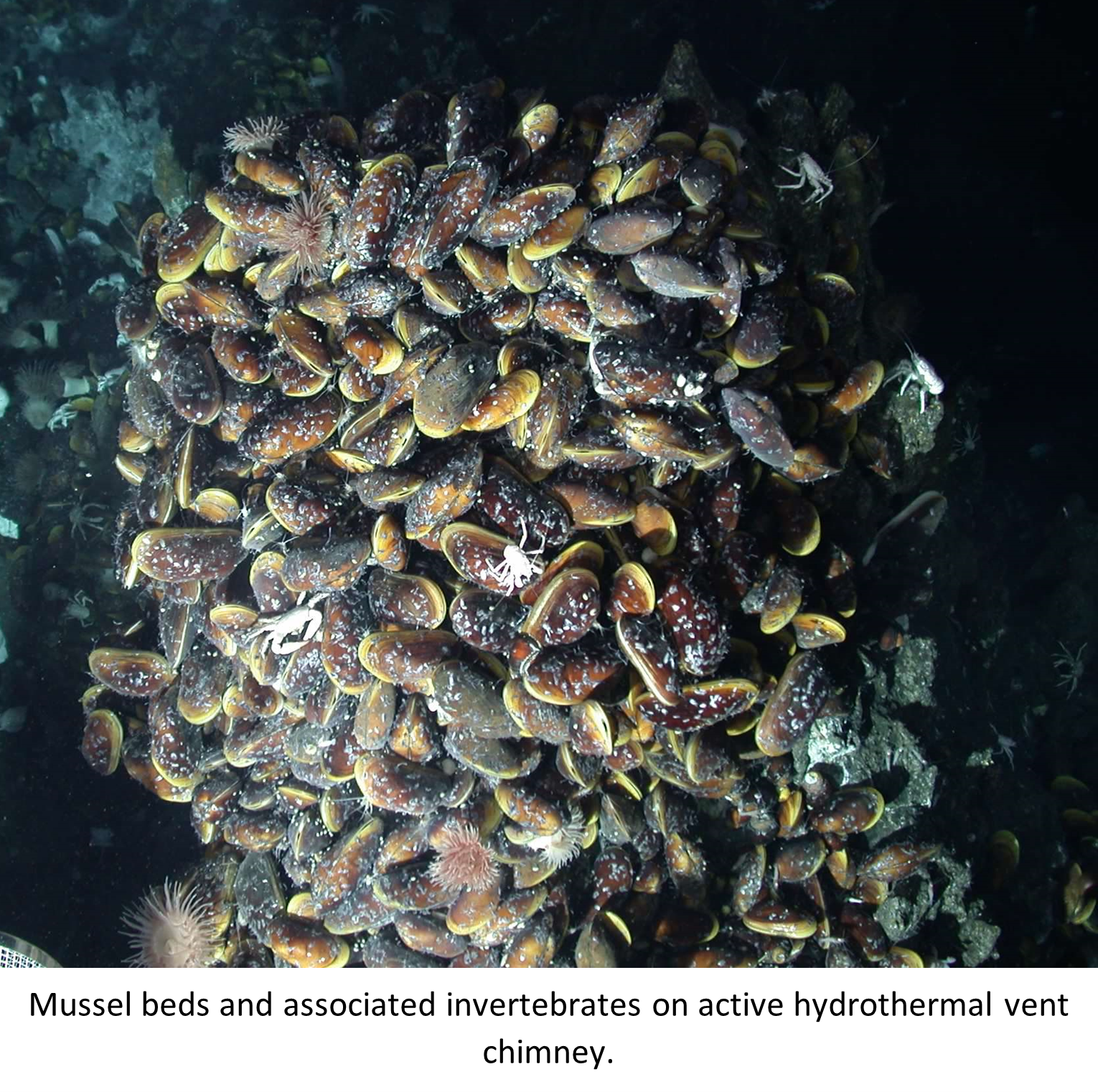
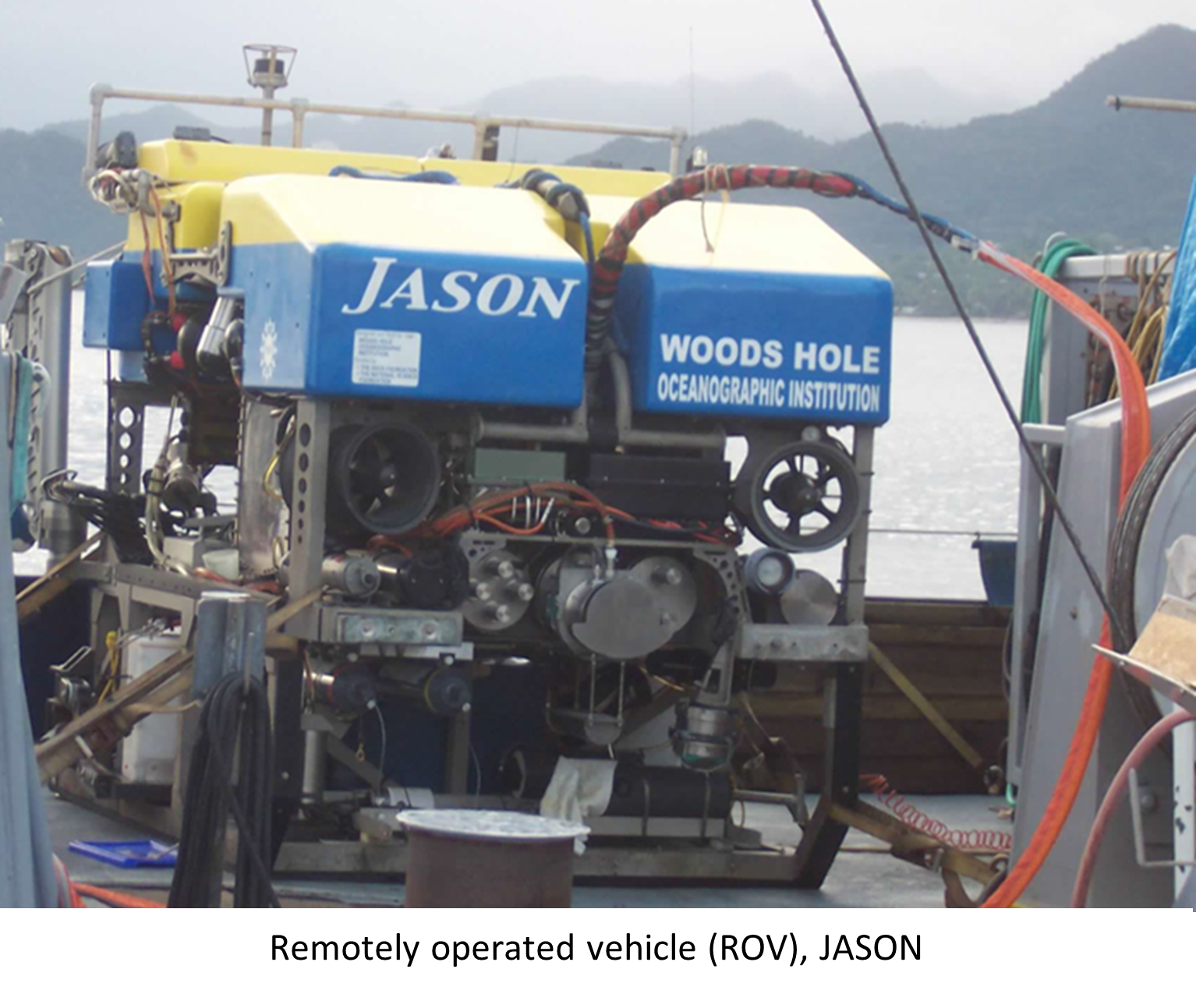
In 2006, I left for the Manus Basin off Papua New Guinea to begin data collection for my master’s thesis research. I set out to characterize deep-sea invertebrates of inactive and active (spewing super-heated water) hydrothermal vents in the Manus Basin and determine the possibility of a chemosynthetic food web at inactive sulfide mounds.
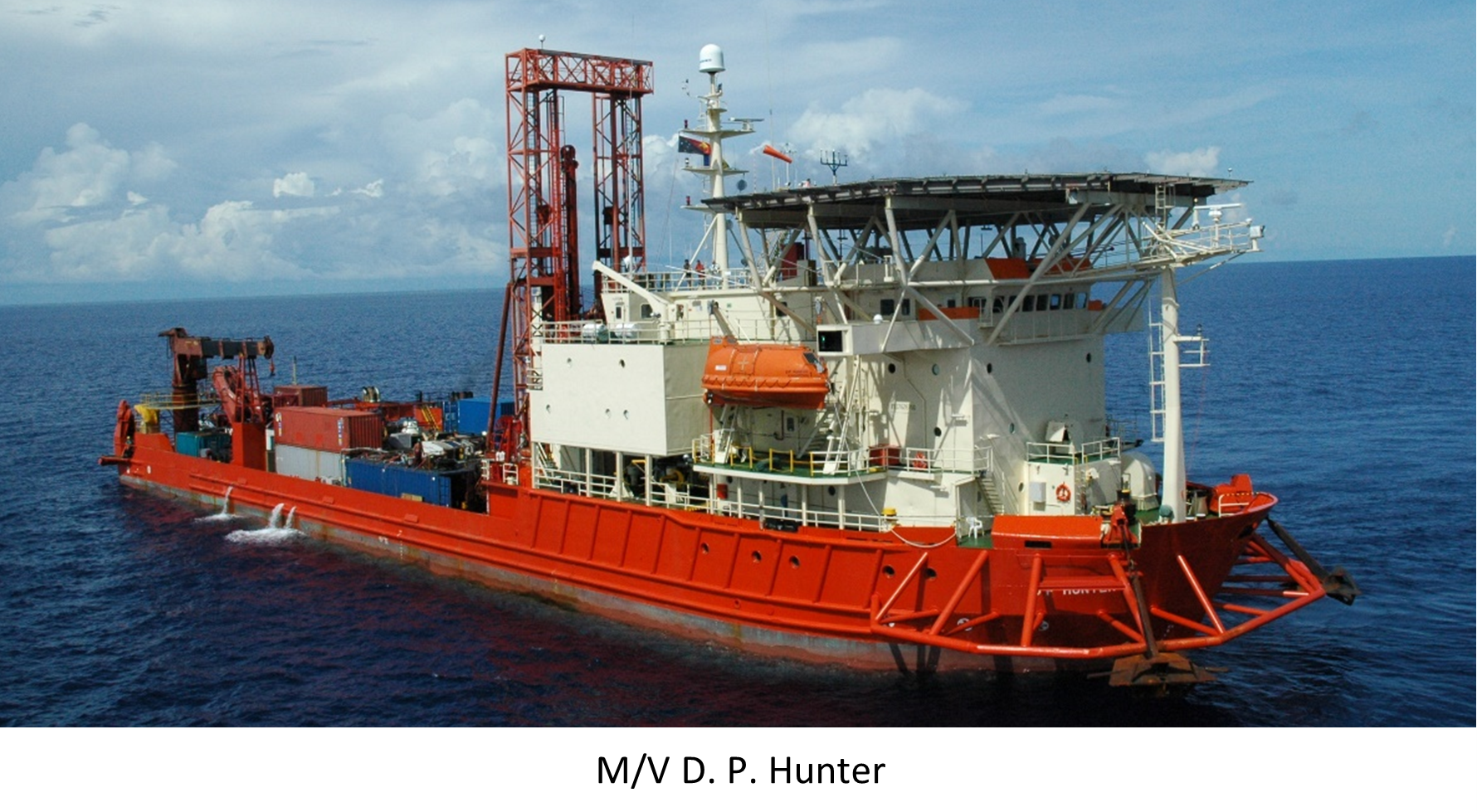
Chemosynthesis is using chemicals as energy to produce food rather than using light energy as seen in photosynthesis. I selected my research topic because mining companies were targeting inactive hydrothermal vents for the valuable mineral content they possessed. My goal was to underscore underscoring the importance of environmental impact assessment on vulnerable marine ecosystems and the possible impacts on non-target species/environments as a result of mining inactive vents.
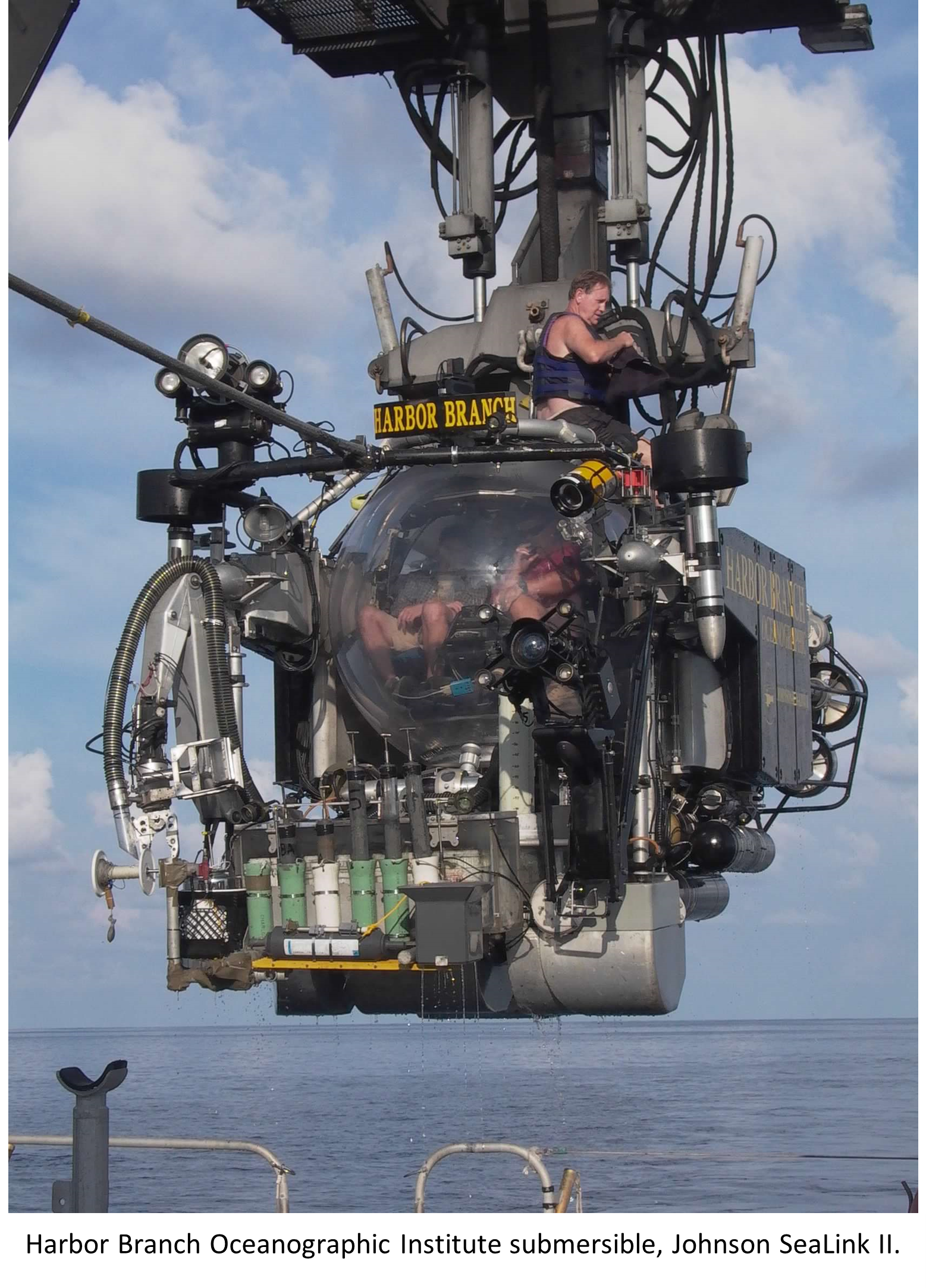
In 2008, I was lucky enough to be invited to participate in a Gulf of Mexico cold seep research expedition with scientists from Louisiana State University. They were trying to determine dispersion of tubeworm larvae through use of larvae attracting devices. Cold seeps are not as hot and dynamic as hydrothermal vents as they produce a flow of lower-temperature fluids or gases, but are nonetheless teeming with interesting sea life that we didn’t know much about at the time.
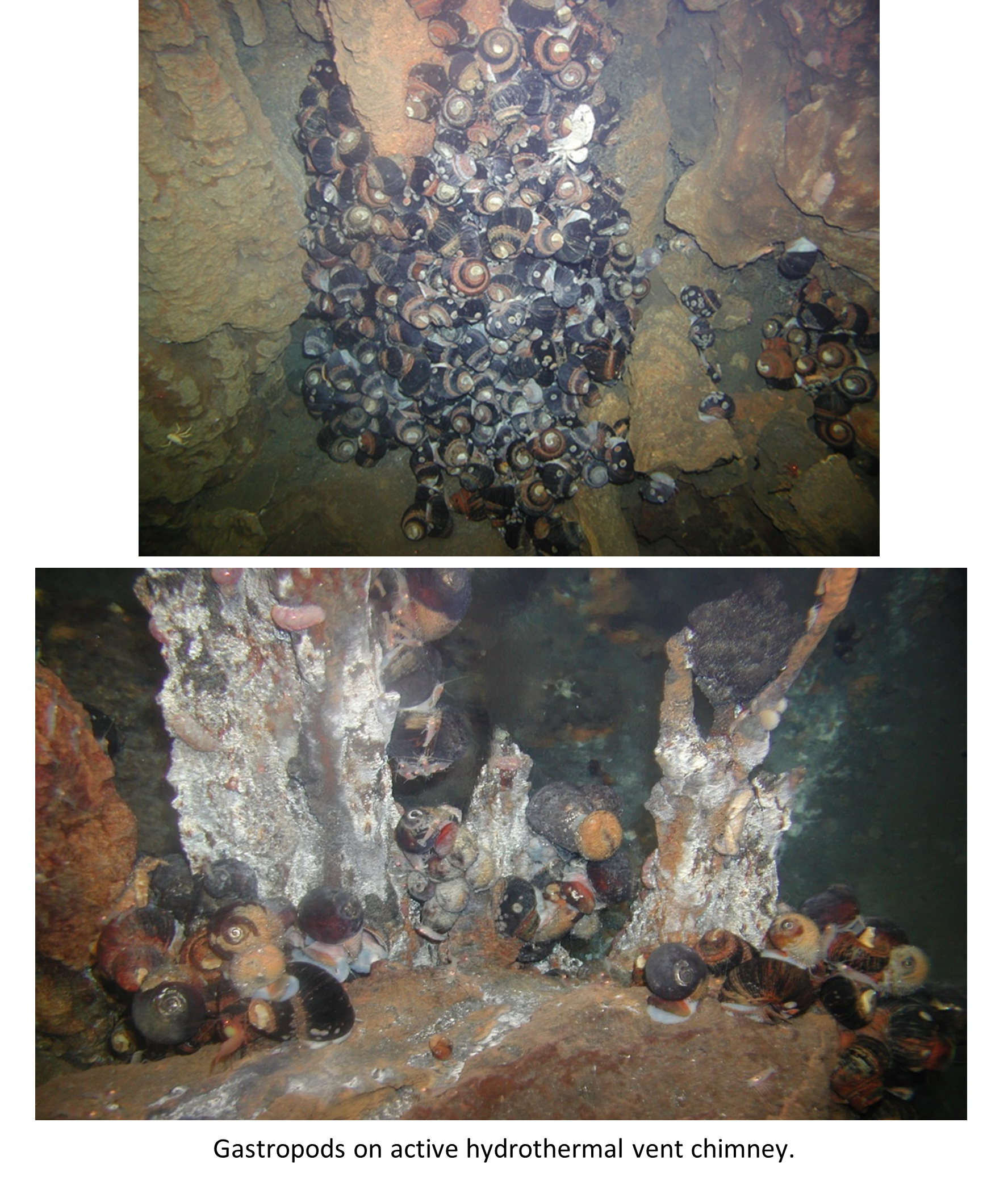
Fast forward to 2023 and I find myself back out on yet another ocean expedition, this time along the Blake Ridge Plateau on the NOAA research vessel Nancy Foster. However, this time I’m not focused on marine biology and ecology. This is my chance to experience a hydrographic survey. I get to be a student again. Another opportunity not to be passed up (at least not by me!) and a chance to learn and contribute to marine science in a new exciting new way. Deep-sea research efforts rely heavily on collaboration from many diverse scientific disciplines and institutions. The collaboration during my earlier deep-sea research provided me with an appreciation for marine geology and the seafloor mapping data being collected. But this opportunity allowed me to dive in and be hands-on. I learned how to conduct a multibeam bathymetric survey, from the different equipment used and the multitude of software that is needed to work the equipment, all the way through how to process the data and produce a useful product.
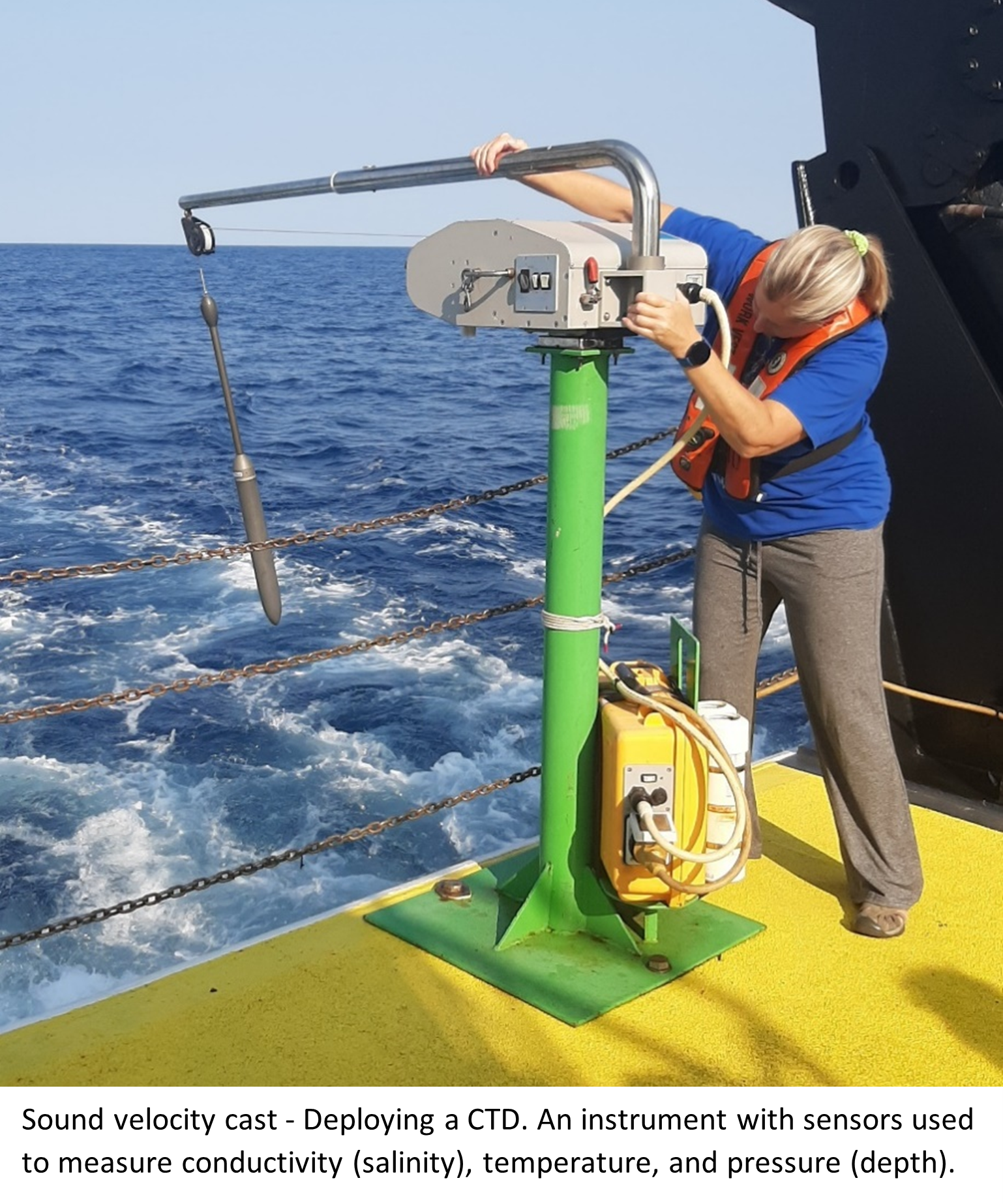
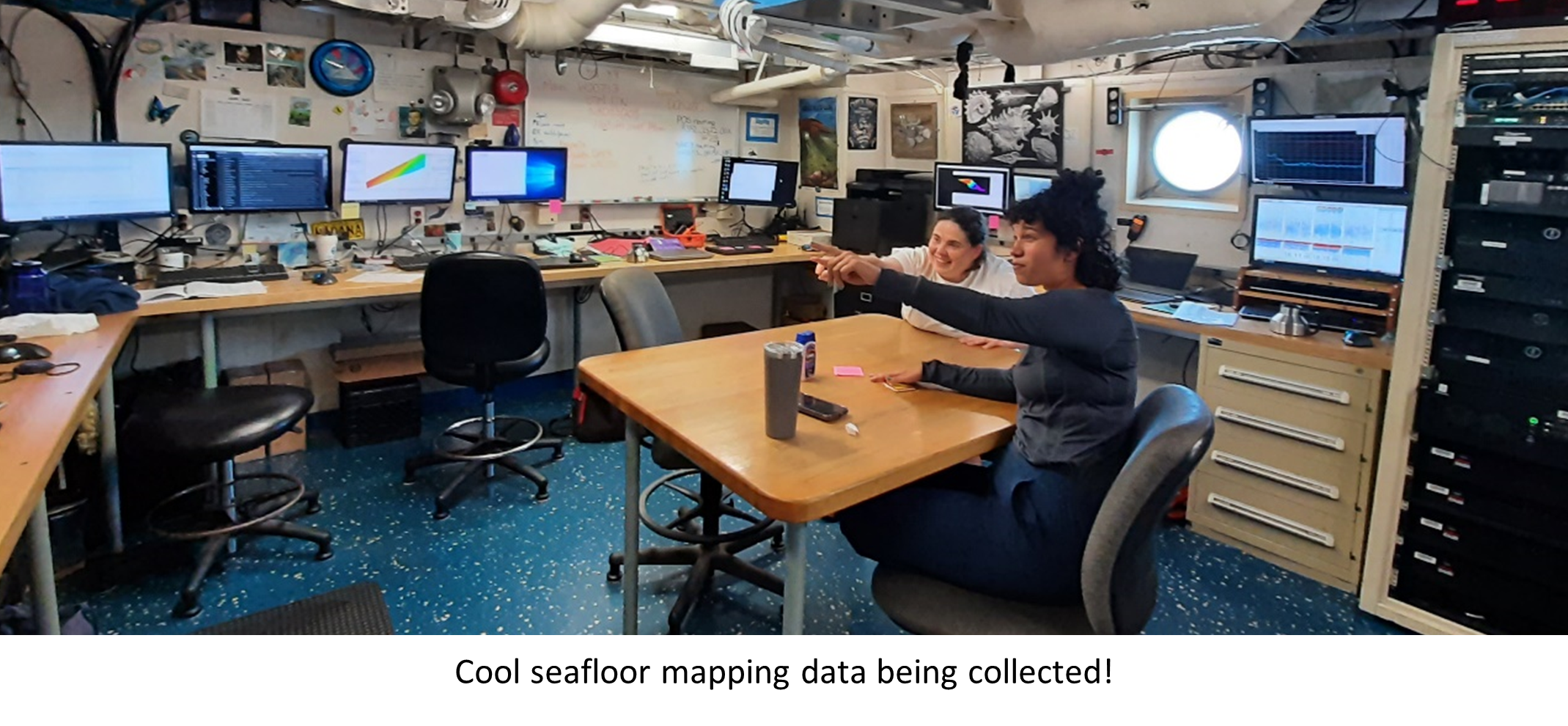
I know this seems like ALL WORK and no play but there was always time for good fun and laughs as well as getting to know some great new friends and colleagues throughout our cruise. Maintaining high morale is just as important as getting good data when you’re in close quarters with dozens of other people.
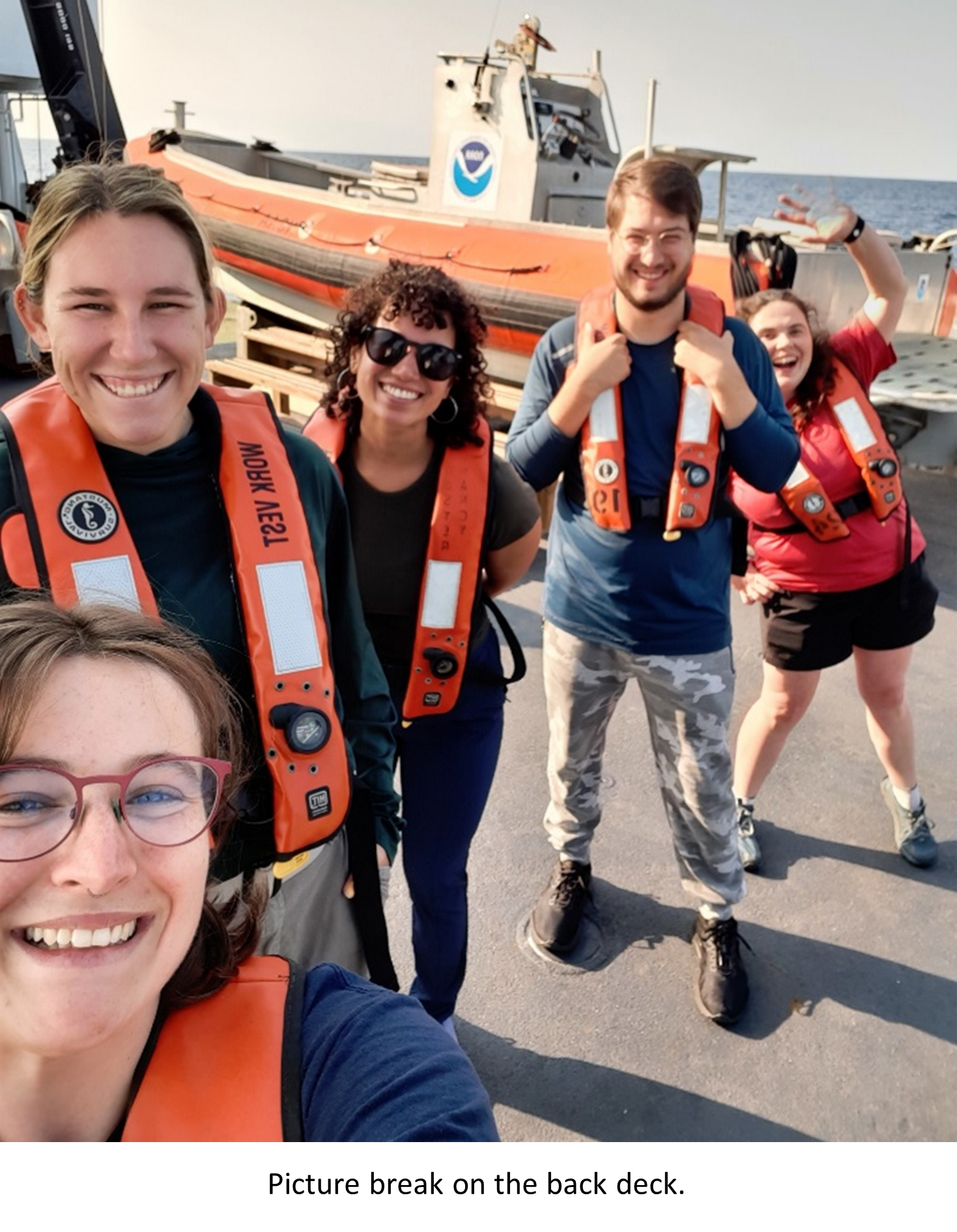
At the end of each shift, it was easy to pass the time with fish origami, crocheting, jigsaw puzzles and participating in the captain’s favorite game – “what year was it”? It was hard not to get sucked into the game as interesting facts were announced over the intercom system helping you to determine what year the captain was referring to.
We were also lucky enough to be part of a student project which launched experimental vessels in the Gulf Stream. NOAA Corps crew worked with Educational Passages (www.educationalpassgaes.org) to send off a “Miniboat” from the Nancy Foster. It was equipped with solar power and a GPS unit for tracking. It was inspiring to see that young students are becoming more involved in ocean science!
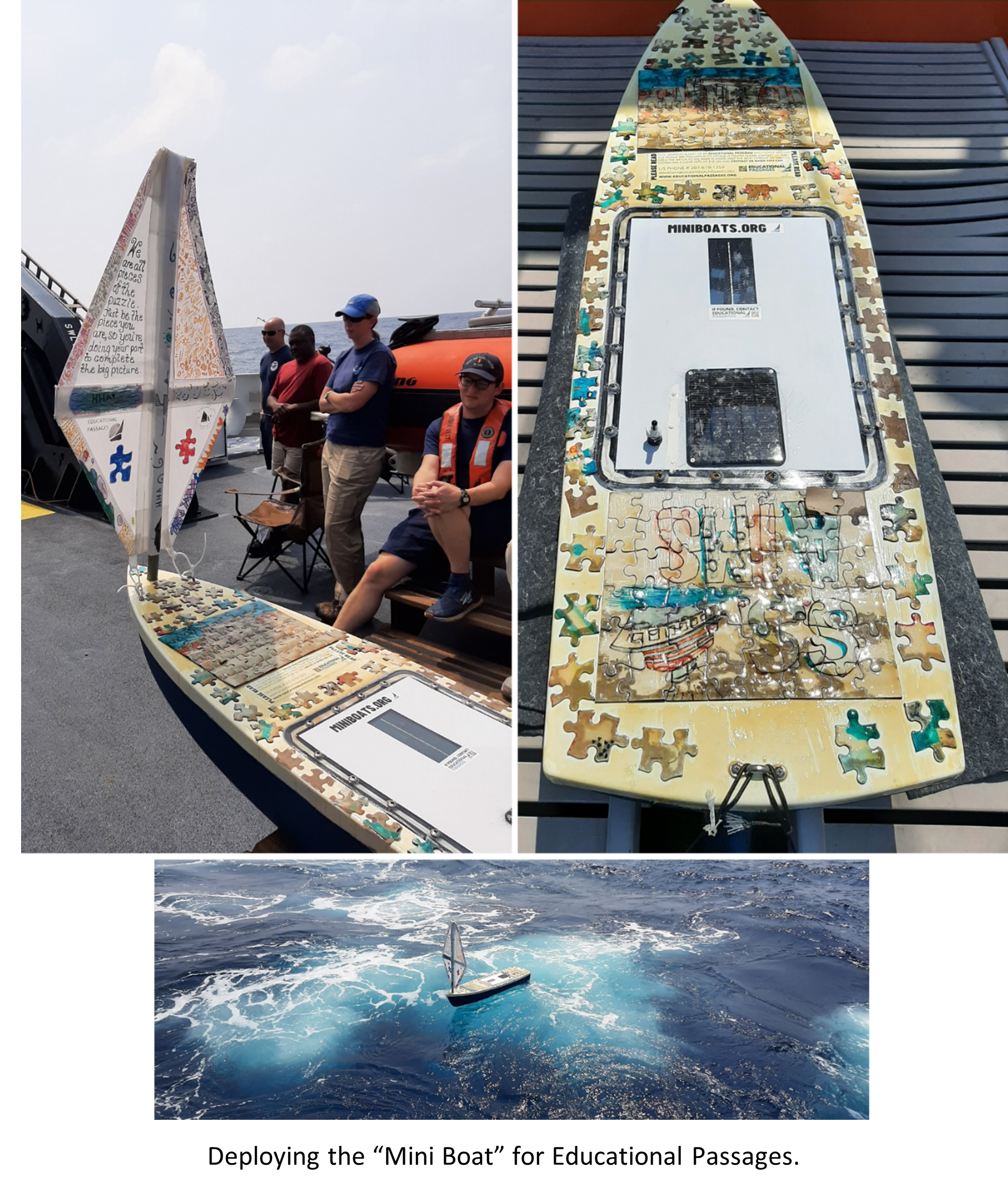
The days seemed to fly by with all the activities onboard but finally, on the last day, I had to take some time for myself and enjoy the views from the “Steel Beach”. You know, taking advantage of all your opportunities is very important!!
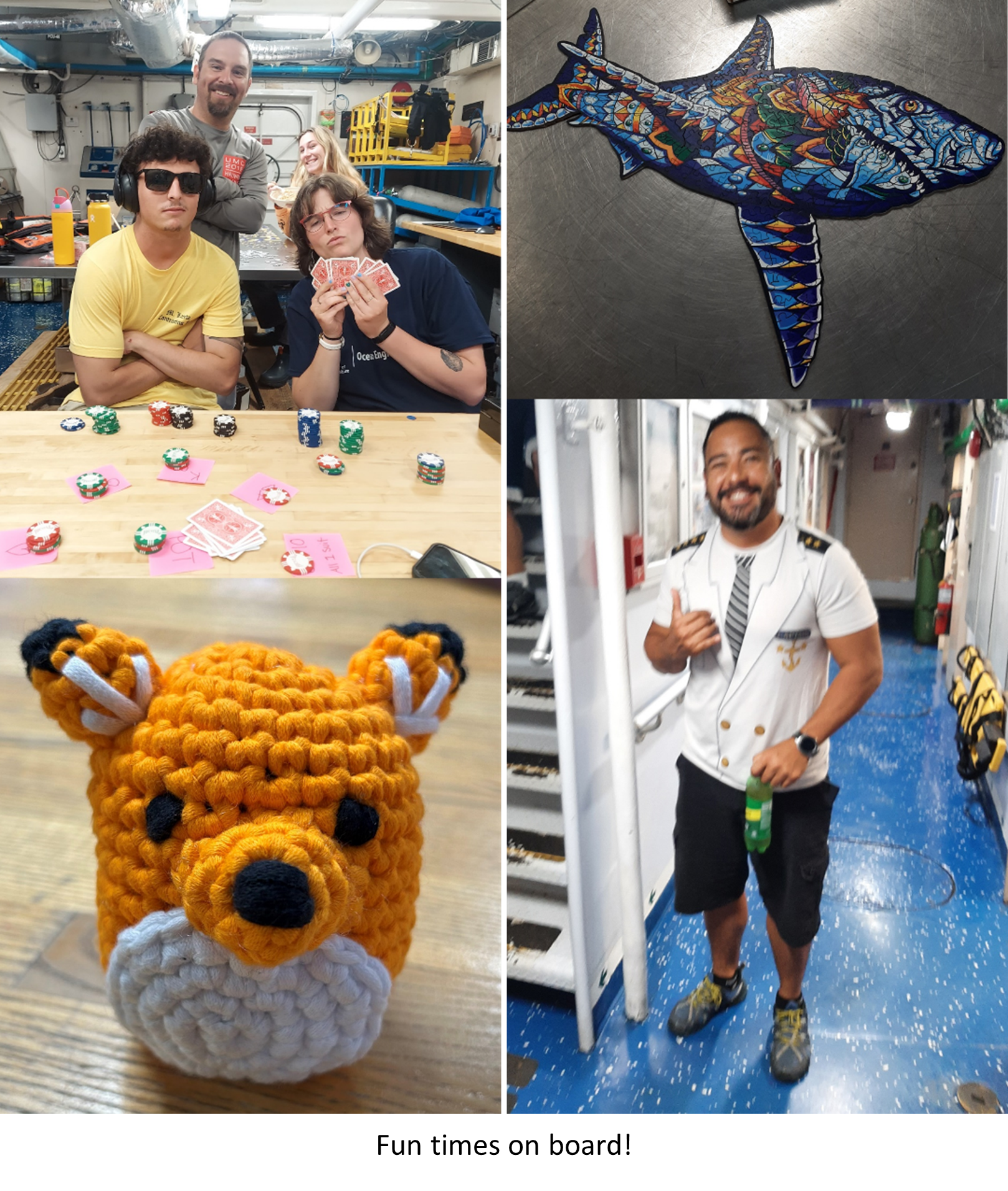
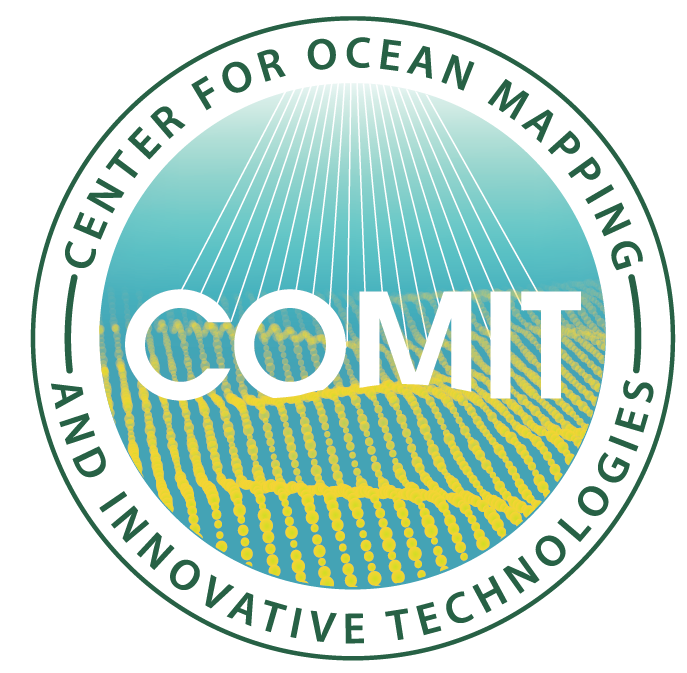
Recent Comments